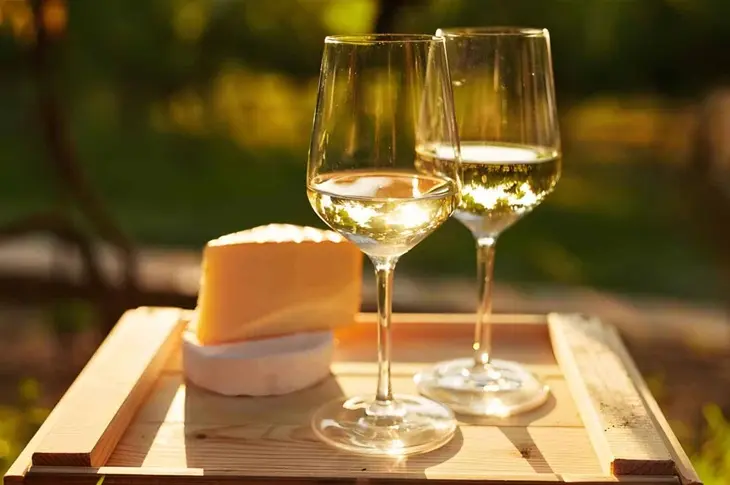In a notable shift in American wine consumption, white wine has now overtaken red wine in popularity, reflecting broader trends in consumer tastes and dining habits. For decades, red wines, characterized by their robust flavors and high tannin content, have dominated the market. However, recent data indicates a growing preference for white wines, driven by a variety of factors.
According to Liz Thach, president of the Wine Market Council, red wines are experiencing a decline in popularity. Despite their longstanding appeal, particularly among traditional wine enthusiasts, their market share has been shrinking as consumers turn towards lighter alternatives.
Market research firm NIQ reports that in the 52-week period ending in May last year, white wine made up 48.5% of table wine volume in the U.S., compared to 45.1% for red wine. By the same period this year, white wine’s share had risen to 49.2%, and in the last four weeks, it surpassed 50.5%. This trend is also reflected in sales value, with table white wines seeing a 0.3% increase in the past year, while other types experienced declines—red wines by 6.6%, rosé by 5%, and sparkling wines by just over 4%.
Several factors contribute to this shift. Dan Petroski, founder and winemaker at California’s Massican winery, notes that white wines are generally perceived as more affordable and consistent in quality compared to their red counterparts. This perception builds consumer confidence, especially in the $11 to $20 price range, where white wines offer reliable flavor and style.
Heidi Scheid, executive vice president of Scheid Family Wines, observes that consumers increasingly prefer the predictability of white wines like Sauvignon Blanc and Pinot Grigio over the variability of red wines. Additionally, younger consumers are drawn to lighter wines, which align with contemporary dining preferences and lifestyle choices.
The evolution of American cuisine also plays a significant role in this trend. The shift towards lighter, healthier dishes has reduced the demand for heavy red wines traditionally paired with red meats. As cultural diversity grows and healthier eating becomes more prevalent, white wines are becoming more suitable for modern dishes. Scheid’s Sunny with a Chance of Flowers line reflects this shift by offering lower-alcohol, food-friendly wines catering to these evolving tastes.
Moreover, the global preference for white wine has been bolstered by the rising popularity of sparkling wines. Sparkling wines, including prosecco, have become a favorite among younger Americans, driven by the resurgence of classic cocktails such as the Aperol Spritz and French 75. According to a CGA by NIQ survey, 23% of consumers aged 18 to 34 prefer prosecco or other sparkling wines when dining out. Additionally, 53.8% of this demographic favor wine cocktails, such as sangrias and spritzes, as their preferred summer beverages.
In response to these changing preferences, wineries are adapting by incorporating wine cocktails into their offerings. Liz Thach recommends that wineries integrate these cocktails into their tasting menus or develop new recipes to engage consumers. During the pandemic, Dan Petroski used social media to promote creative uses for Massican wines, including a white wine spritz. Similarly, Scheid has collaborated with Republic National Distributing Company’s beverage marketing director, Sly Cosmopoulos, to create appealing cocktail recipes featuring Sunny with a Chance of Flowers.
The evolving wine trends in the U.S. may signal broader global shifts, as international markets also adapt to changing consumer preferences and diversified cuisines. The pursuit of healthier lifestyles and the exploration of new wine styles are likely to influence wine consumption patterns worldwide.


